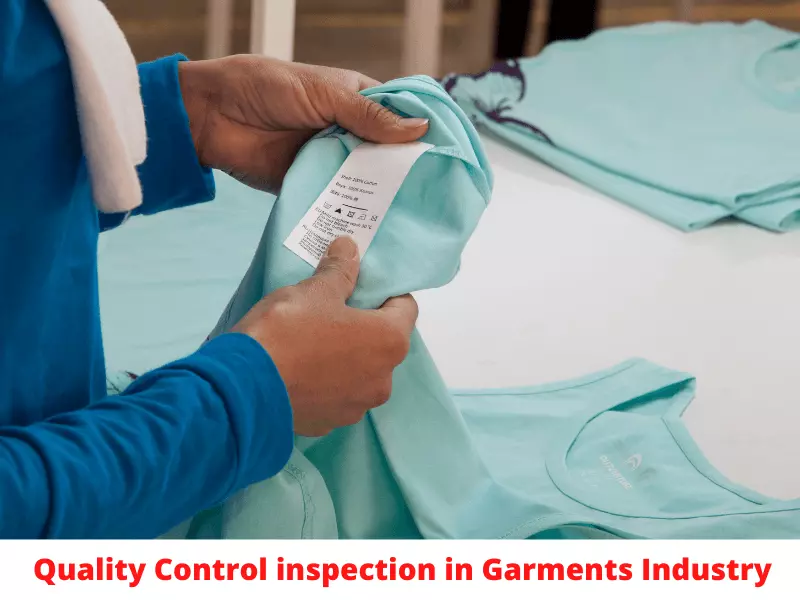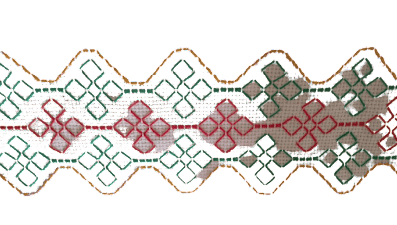With significant improvements in working conditions in the RMG industries, Bangladesh is increasingly becoming a destination for consumers searching for readymade garments. One of the primary difficulties would be to infuse innovation into the textile and apparel industries so that the sector can progressively shift from RMG to technological textiles, nonwovens, and functional apparel. Because the future of textiles will be different, we must alter our business via innovation and adaptability to profit in the ever-changing market. This essay discusses our textile industry’s inventive capability and the need for transformation. The advantage of low labor and a few enterprising entrepreneurs propelled the RMG business to its current position. The ever-growing RMG business is receiving complete support from the Primary Textile Industry in order to preserve competitiveness while the margin for profit continues to decrease. The dynamics of the RMG company are sure to alter in the near future, with increased attention on OHS and compliance concerns, as well as the rise of more and more prospective rivals throughout the world.
Fortunately, Bangladesh has maintained its top position despite several flaws and challenges. However, a business will become extremely difficult in the following days as expenses rise inexorably in tandem with shoppers’ desire for low pricing. As a result, the restructuring of the textile and garment industries is long overdue. In the coming decade, a successful balance between low-tech RMG and high-tech textiles might be the ideal portfolio of business for the sector; and there is no other way to achieve this than via rigorous innovation and the selective adaption of relevant technologies and products. Transformation: Why and How

A woven RMG company that gets fabric from abroad can earn up to 10-15% on a basic shirt’s FOB price by exporting it. A knit RMG business may make a T-shirt or a Polo-shirt for a profit of no more than 15-20% of the FOB price, but a knit composite industry can make up to 30% profit. A jacket or a suit, on the other hand, may bring in 40-50 percent profit.
This is how more advanced items increase profitability. Surprisingly, many of the alterations do not need large technological upgrades. Functional clothes, technological textiles, and nonwoven goods are much more profitable. This is why the business must evolve gradually but progressively towards sophistication, otherwise, industries would struggle to maintain enough profit in the future to be competitive. An industry that mainly produces low-cost RMGs such as T-shirts, Polo shirts, and shorts (FOB less than $10) has very little potential for profit, and it is frequently forced to decrease operational expenses. They may have to make compromises with their working conditions, compliance, or building safety problems in such scenarios. But it’s also true that for a nation like Bangladesh, which is a technological backwater, switching to high-tech items suddenly is difficult.
As a result, a progressive transition must begin immediately. Gradual change will occur when the industry embraces innovation in technology, design, and procedure for which customers will pay. An idea must be repeatable at a low cost and must meet a specific need to be labeled an innovation. In an industrial environment, inventive capacity is described as a company’s ability to innovate, that is, to launch a new product, technique, or process that adds value and that consumers are prepared to pay for. Textiles are trending toward technical items and nonwoven products, while apparel is trending toward functional wearables. Every year, new technologies are developed to produce a wide range of functional items in the fields of technical textiles, functional garments, and nonwovens. In reality, technological innovation has been the driving force behind the textile value chain’s expansion. Apparel is recognized to serve a variety of purposes, ranging from basic protection to beauty. As a result, function apparel may be described as a generic word that encompasses all sorts of clothes or assemblies that are explicitly created to provide the user with a pre-specified performance or functionality in addition to their typical functions. The industry must progressively learn to use advanced textile technology to build functional apparel so that the enormous strain on basic clothing to produce the requisite profitability is reduced. The market for functional clothes is large, and it’s growing every year.
In 2014, the global market for functional apparel reached $162.2 billion, and it has a higher profit margin than basic apparel. For the past 8-10 years, China has been gradually transforming its industry, and they have already developed its indigenous capability to produce a wide range of functional textiles and apparel. Though Bangladesh is still in its early stages, conceptualization should begin immediately because its intellectual and industrial innovation and adaptation capabilities are far behind those of China. Bangladesh has achieved self-sufficiency in basic knit fabric production, dyeing, and finishing in the textile sector. In order to develop, the industry should now focus on warp knitting and the spectrum of warp-knitted technological items. As demonstrated in the infographic above, there are a variety of technical textile areas to check for.
Although some denim manufacturers have already achieved world-class quality, the woven industry is still in its infancy. In the coming days, woven industries should keep an eye out for double cloths, carpets, jacquards, cords, and other high-value fabrics. Only a few companies produce linings, interlinings, and other low-valued products, so the nonwoven industry is still in its infancy. However, there are opportunities to make value-added goods such as diapers, nonwoven bags, and specialized textile functional components. Conclusion Textile engineering is no longer the labor-intensive, factory-based sector in which men and women worked over looms and spinning jacks as it was decades ago. Indeed, the clang of early production machinery is being replaced by modern computer-controlled technologies capable of producing revolutionary products with a wide range of functions.


